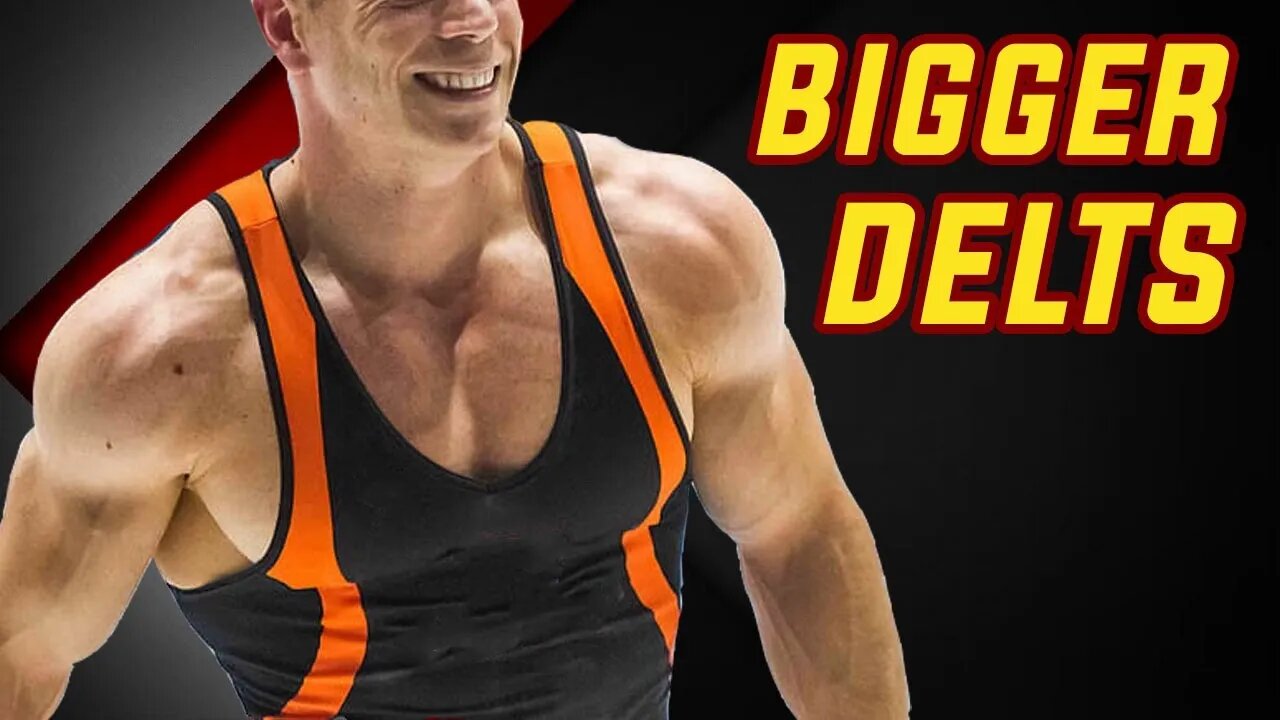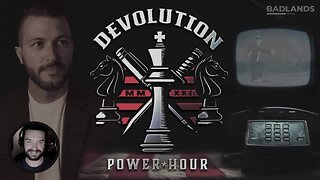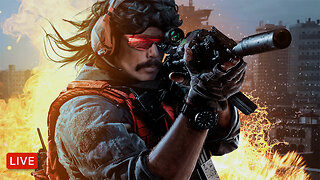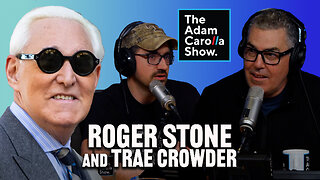Premium Only Content

Gymnast Routine for BIGGER DELTS
Get the shredded physique of a gymnast! Download the app, become a member and get full access:
Google Play Store: https://play.google.com/store/apps/details?id=com.virfortis.gymmethod
App Store: https://apps.apple.com/us/app/gymnastics-method/id1661126178
If you want to build bigger delts or just want to avoid shoulder injuries, the exercises shown in this video will help you with both!
You will not only have a wider look, but will be able to maintain healthy shoulders and avoid injuries.
The deltoid muscle is the most superficial shoulder muscle that consists of 3 parts:
- the anterior part, which also known as the clavicular part since it origins on the claivcle bone
- the lateral part, which also known as the acromial part, since it origins on the acromion
- and the posterior part, or spinal part which origins on the spine of the scapula.
All three parts insert on the humerus and move it the following ways:
- the anterior part performs flexion and internal rotation in the shoulder joint,
- the lateral part is responsible of the abduction of the arm at the shoulder joint,
- and the posterior part assists in the extension and external rotation of the arm at the shoulder join.
In the internal and external rotation the rotator cuff also has a key role, strengthening those muscles is crucial to have healthy shoulders and to be able to perform several exercises.
I’ve already talked the strengthening of the rotator cuff in my pervious videos, but due to the overlap resulting from the muscle functions, it will also be involved in some of these exercises.
Since the deltoid is a superficial muscle by strengthening it, you can really add to your physique, just take a look at a ring specialist gymnast. Besides the brutal biceps, the delts will be the other really spectacular muscles.
You can improve your delts with numeous pushing and pulling exercises. You can work on the anterior part with a simple push up, throught the dips to the iconic handstand push ups.
The posterior part will be under load in several pulling exercises if you do them right, this is why I’m emphasizing the importance of full range of motion. If you can do decent inverted rows and chest to bar pullups, your rear delts will get a good stimulus, as your elbows move behind your body.
In certain exercises such as the ring face pull or scapula swing, the lateral part also takes its part, but specific targeting of the side delts is pretty difficult with compound exercises, so the best if you do some isolations, which I’ll show you in this routine.
You should do this routine with a low intensity elastic band, which will provide the opportunity to do it as part of your prehab routine, but will also be intensive enough to do it as a shoulder workout.
Like I said, you can load your delts really well with the compound exercises I’ve mentioned, then you can give an extra push.
And now, let’s see the routine in order of the different parts and actions of the muscle!
-
 0:56
0:56
GymnasticsMethod
1 year agoTop 10 Gymnast BACK Exercises
70 -
 1:00:02
1:00:02
PMG
16 hours agoJFK, War, & Health with Fox War Correspondent Hollie McKay
2.05K1 -
 2:37:51
2:37:51
Badlands Media
1 day agoDevolution Power Hour Ep. 338
120K43 -
 2:55:33
2:55:33
FreshandFit
9 hours agoAfter Hours w/ Stirling Cooper & Girls
66.5K67 -
 3:05:36
3:05:36
TimcastIRL
10 hours agoDHS Vows To HUNT DOWN Leftist Terrorists Amid SWATTINGS & Tesla TERROR w/Peter St Onge | Timcast IRL
244K181 -
 9:34:23
9:34:23
Dr Disrespect
19 hours ago🔴LIVE - DR DISRESPECT - WARZONE - 10 WINS IN A ROW EVENT
199K22 -
 43:23
43:23
Shaun Attwood
16 days agoSTEEPLES on Epstein Files Maxwell Meghan Markle Prince Harry... - AU 323 - Matthew Steeples
97.1K35 -
 9:48:29
9:48:29
SwitzerlandPlayIT
16 hours ago🔴 LIVE - Fallout New Vegas much? lets see what we gonna encounter today.
57K1 -
 2:13:54
2:13:54
Adam Carolla
20 hours agoRoger Stone on FBI Raid, Trae Crowder on Southern Life & Don Lemon recalls being sexually harassed
81.7K5 -
 1:35:54
1:35:54
Mike Rowe
14 days agoHigh School Dropout Turned Harvard Professor Shares What’s Wrong with Education | The Way I Heard It
62K22